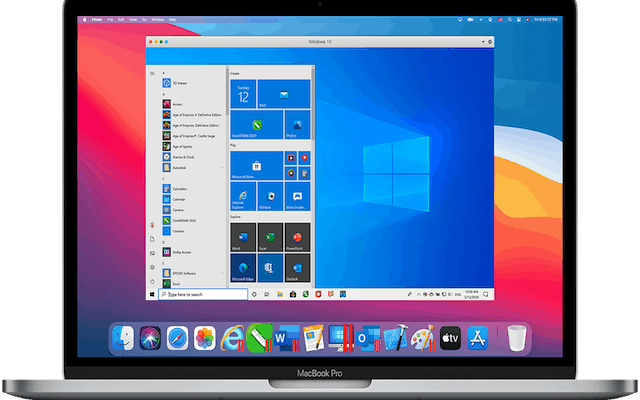What Is the “Privacy Sandbox” in Google Chrome?

Since its inception, privacy has been a top priority for the tech giant, Google. The company has made significant strides in enhancing user privacy across its various platforms, including the Google Chrome browser. The latest development in this regard is the introduction of the “Privacy Sandbox.” In simple terms, it is a set of proposals that aim to replace third-party cookies with more privacy-centric alternatives. But what exactly is the Privacy Sandbox, and why is it essential for digital privacy?
The Privacy Sandbox is an initiative by Google aimed at improving privacy and security in the Chrome browser through new privacy-preserving solutions. It is a series of proposals that suggest new privacy-preserving standards for web browsing. These standards seek to address the issue of cross-site tracking, which exposes users’ online activities to advertisers and other third parties.
Many websites currently use third-party cookies from advertisers and analytics providers to track users’ activities across sites, which can result in user data being shared with a large number of third-party services. However, with the implementation of the Privacy Sandbox, the browser and website developers will be able to create a better experience without relying on cookies for cross-site tracking. The Privacy Sandbox aims to develop new web technologies that allow for personalized advertising and media experiences without compromising user privacy, information or security.
The Privacy Sandbox works in several ways to improve the privacy and security of users. First, it offers new mechanisms and technologies that provide true privacy for web browsing. For instance, the Proposal for FLoC (Federated Learning of Cohorts) aims to replace third-party cookies, which are widely known to track users. FLoC takes data from users within groups and puts them together into a single anonymised user profile.
Secondly, the Privacy Sandbox provides a new level of transparency and control to users. The proposals provide users with better control over how their data is used, which can help protect users from privacy violations. This new level of transparency will also enable user choice, which is essential in privacy matters.
Another significant advantage of the Privacy Sandbox is that it provides a safe environment for advertising revenue models to still benefit advertisers without infringing on the user’s privacy. Due to the potential blocking of third-party cookies, there are concerns about how advertisers and publishers will measure their ad performance. The Privacy Sandbox, therefore, will allow for new advertising technologies that measure ad performance without relying on cookies.
The implementation of the Privacy Sandbox will also result in significant changes for website developers. Developers will be required to adopt the new privacy-preserving web technologies and will have to develop new skills and practices to operate within the new environment from a technical perspective.




